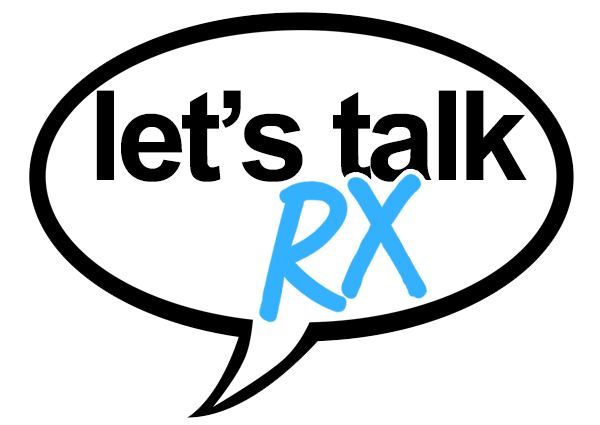More children than ever are being diagnosed with autism spectrum disorder—and the latest CDC report is turning heads. What’s behind the increase? Is it better awareness, shifting definitions, or something else entirely? Here’s what the numbers show—and what they don’t.
The number of children diagnosed with autism in the United States is rising—again. According to a new report from the Centers for Disease Control and Prevention (CDC), 1 in every 31 eight-year-olds was diagnosed with autism spectrum disorder (ASD) in 2022.
That’s a dramatic increase from previous years. Just a few years ago in 2016, the number was 1 in 54. Back in 2000? It was 1 in 150.
So what’s going on? Are more kids developing autism—or are we simply getting better at recognizing it?
What the Report Actually Says
The CDC’s findings come from its Autism and Developmental Disabilities Monitoring (ADDM) Network, which surveys medical and educational records in select states every two years. This latest report looked at data from 16 sites across 14 states (including California, Texas, New Jersey, and Tennessee) as well as Puerto Rico. The focus: tracking how and when children are diagnosed with autism at ages 4 and 8.
For 8-year-olds in 2022, the rate was 1 in 31. Among 4-year-olds, it was slightly lower—1 in 34.
The numbers also confirmed what we’ve seen in earlier studies: boys are about three times more likely than girls to receive an autism diagnosis.
One new trend stood out. For the first time, autism diagnoses were more common among Black and Hispanic children than white children. While that might seem surprising, many experts say it’s actually a sign of progress.
“For years, white children were diagnosed earlier and more often, partly due to differences in access to care and early intervention,” says Dr. Elaine Hoffman, a developmental pediatrician. “Now we’re seeing better awareness in historically underserved communities, which is encouraging.”
Why the Numbers Keep Climbing
The rising rates of autism have sparked plenty of concern—and confusion—among parents and caregivers. But many experts emphasize that this trend doesn’t necessarily mean more children are developing autism.
Instead, the increase is likely due to a combination of factors, including:
- Better screening tools: Pediatricians now have clearer guidelines and more training to spot early signs of autism in toddlers and preschoolers.
- Broader definitions: In the past, autism diagnoses often focused on children with more obvious or severe symptoms. Today, we recognize a much wider range of behaviors and presentations—hence the term “spectrum.”
- Improved access and advocacy: More parents, teachers, and pediatricians are alert to early warning signs, and more families are seeking evaluations and support services.
Still, it’s important to note that some researchers believe there may be environmental or biological factors contributing to the rise—though no single cause has been identified. So far, no strong evidence links autism to vaccines, parenting style, or diet, despite persistent misinformation online.
What Parents Should Know
Whether you’re a new parent or caring for a school-aged child, the rising rates of autism might feel overwhelming. But experts say this is actually a moment of opportunity.
“If more kids are being identified early, that means more kids are getting the help they need sooner,” says Dr. Hoffman. “And that can make a huge difference in how they grow, learn, and connect with others.”
The CDC recommends that all children be screened for developmental delays at their regular 18- and 24-month checkups. Parents can also use online tools or checklists (like the CDC’s “Learn the Signs. Act Early.” program) to monitor milestones in communication, social interaction, and behavior.
If you notice any signs that concern you—like delayed speech, lack of eye contact, repetitive movements, or difficulty engaging with others—it’s worth bringing them up with your child’s doctor. Early evaluation can lead to early intervention, which can be life-changing.
Shifting the Conversation
Perhaps the most important takeaway from the new data is this: we’re talking more openly about autism than ever before.
That includes recognizing how autism shows up differently in girls, who may be underdiagnosed due to more subtle social coping strategies. It also means acknowledging the challenges and strengths that come with neurodiversity—and supporting kids in ways that celebrate who they are, not just how they compare to others.
In a world where labels can carry stigma, it’s heartening to see more families, educators, and communities embrace the idea that “different” doesn’t mean “less.”
Final Thought
Yes, the numbers are rising. But so is our understanding—and our ability to support children on the spectrum from the very beginning. For many parents, that’s not something to fear—it’s something to welcome.








